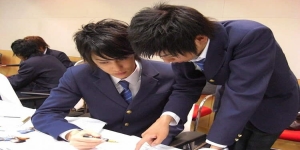How the Senpai 先輩 and Kōhai 後輩 Relationship Shapes Japanese Culture
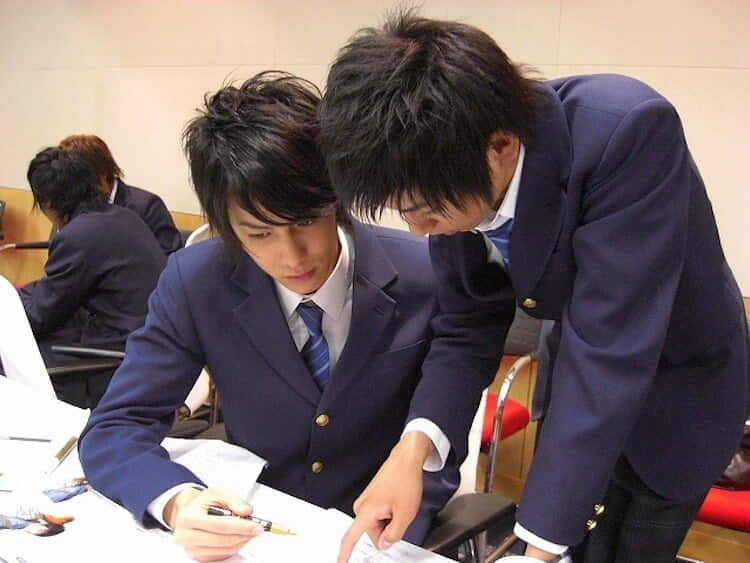
Japanese culture is rich in unique traditions and social nuances, many of which are reflected in interpersonal relationships. One of these is the unique and particular relationship that is created between Senpai and Kohai. This system of relationships is deeply rooted in Japanese society and is reflected in various areas, including schools/universities, companies, associations/clubs and in society.
The term Senpai 先輩 refers to an older, more experienced or higher-ranked person, while the term Kohai 後輩 is associated with a younger, less experienced person. This particular bond goes beyond simple formal hierarchy, it is imbued with respect, responsibility and a strong sense of mutual care.
This "system" seems to derive from Confucian teachings, a belief system that arrived in Japan between the 6th and 9th centuries and brought about profound social changes. Confucian elements, such as loyalty and respect for parents, elders, and ancestors, were welcomed by the Japanese and observed in daily life.
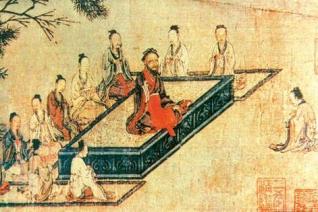
In Japanese schools, the Senpai-Kohai relationship is a fundamental element of the hierarchical structure of students (including university students) and is generally established starting from middle school. Older students take on the role of guide for their younger colleagues, resulting in a unique dynamic within the classrooms, where respect for the Senpai's experience and “wisdom” is paramount. Unfortunately, we cannot always talk about mutual respect, it can happen that these two figures take on a negative denotation, where the Senpai for example has a strong psychological weight on the kohai, or where the latter does not show respect for those who preceded him or for whoever is driving it.
Senpai often play the role of mentor to their Kohai. This "guide" does not only concern aspects of the lessons, but throughout school life in general, and in some cases even moving outside of this, where the advice is no longer limited to the school context, but becomes deeper touching social and relationship problems.
This "two-level" system is sometimes distorted, leaving a sort of tacit "power" of the Senpai over the Kohai in most cases, leading to episodes of bullying which are often masked and covered by the "guidance" relationship of which they are spoke first.
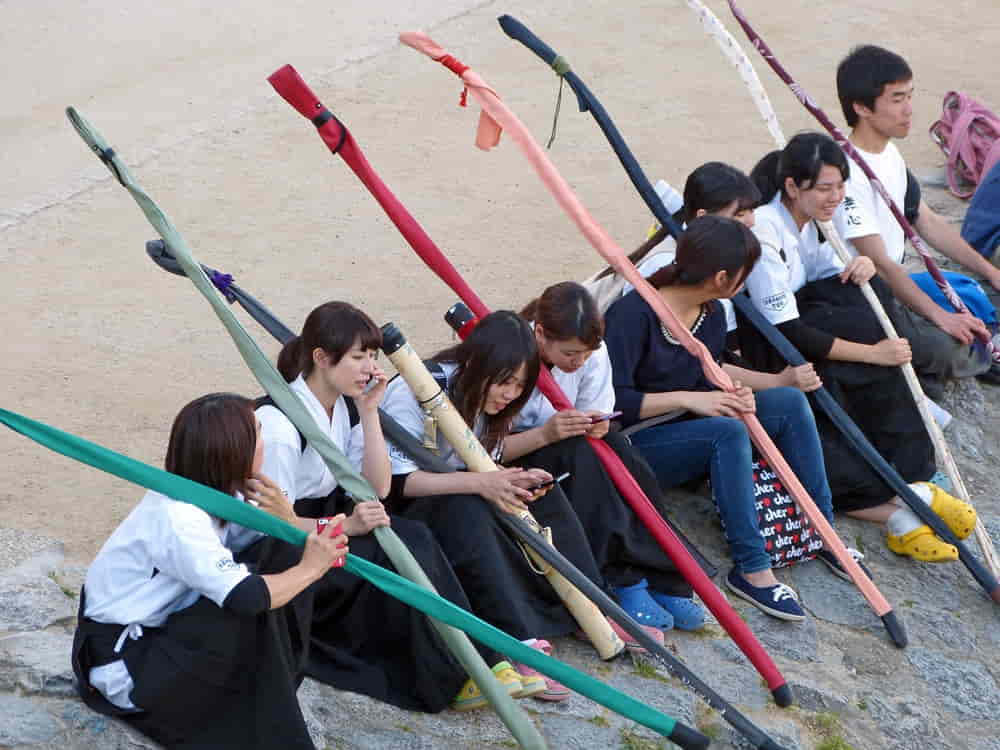
The Senpai-Kohai hierarchy in clubs and extracurricular activities is particularly evident. Senpai often take on the role of leader, guiding the group and passing on traditions and skills to new members. This helps maintain business continuity over the years. Unfortunately, here too, but I would say, especially here, the black (not even gray) areas are larger.
In Companies and Professional Life:
Older colleagues are often seen as sources of inspiration and guidance for those just entering the workforce. The Senpai offers practical advice, shares his experiences and contributes to the success of the Kohai. In return, the Kohai shows dedication, commitment and respect. In some cases and work situations, this relationship is seen as so close and important that the senpai must take the blame for mistakes made by his kohai.

The aspects on which this relationship has the greatest impact in the corporate context are those relating to:
Training and guidance:
In the Japanese corporate world, new employees, or Kohai, are often assigned to a more senior mentor. This guide is not only limited to the technical and organizational aspects of the job, but also includes corporate cultural norms and the way things are done within the organization. The Senpai shares his experience and provides invaluable guidance to the Kohai. This practice of sharing knowledge and skills with younger colleagues is a key aspect within the work organization because it helps to ensure continuity and professional growth within the company.
Respect for Seniority:
Hierarchy is an integral part of Japanese companies, and the concept of seniority is deeply respected. Older employees enjoy a natural position of authority and leadership, and younger ones show respect through fulfilling the requests of their superiors. However, this "respect" often takes gray turns that lead to mobbing or even bullying behavior.
Often the bond that is created lasts throughout a professional career, for example, with the Senpai continuing to provide advice and support to the Kohai even when the latter has gained experience and seniority. For those who follow Japanese series, anime, or read manga or watch films, this relationship is often emphasized and present practically everywhere. There are scenes where a person finds his old colleague and still addresses him as senpai or kohai.
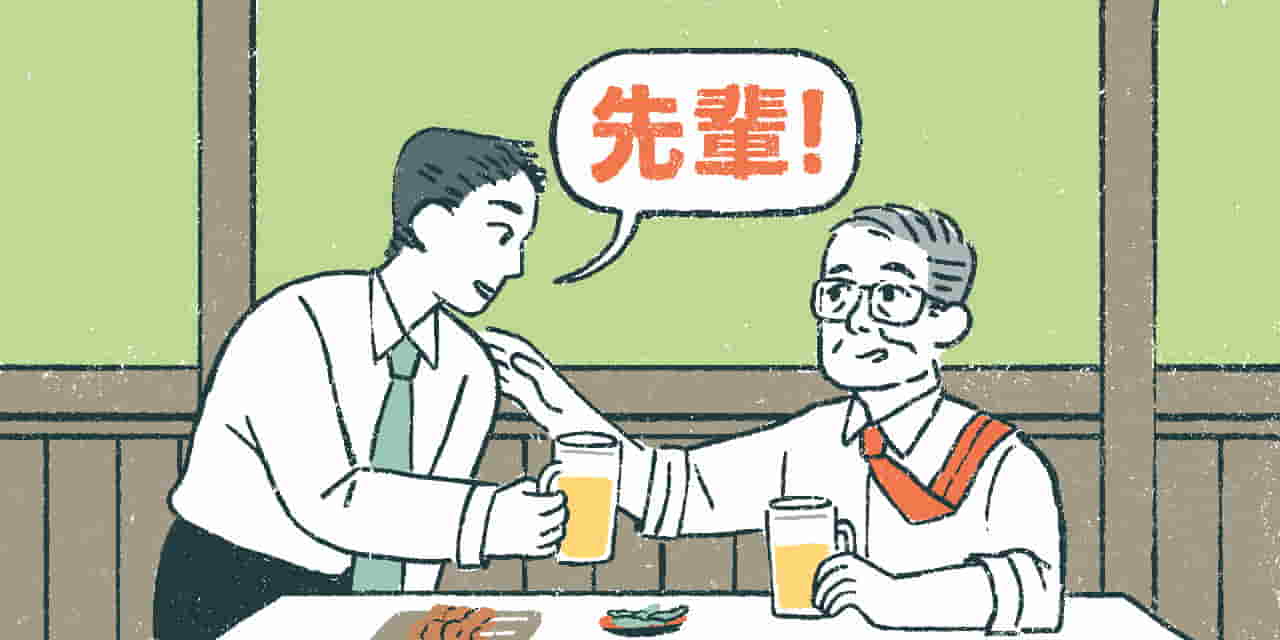
From all this we understand that the Senpai-Kohai relationship represents a fundamental part of Japanese culture, which emphasizes the importance of respect, guidance and mutual commitment. This dynamic goes beyond mere hierarchical formality, transforming into a deep and meaningful bond that contributes to the social cohesion and well-being of each individual within Japanese society.
However, this must not make us forget the other side of the coin we talked about, where the relationship that is established from a young age is taken as a pretext as an imposition of one individual on another. Using a moral and objective obligation, which leads to bullying or imposing one's will and ideas on the weaker figure, is one of the least interesting and socially useful aspects.
A special thank you to our friend Kaori who guided me from Japan in understanding this very important and delicate bond, explaining to me how it works and its aspects (for better or for worse).
Image Source:
Pixibay
gakumado.mynavi.jp
tofugu.com

 English (United Kingdom)
English (United Kingdom)  Italiano (it-IT)
Italiano (it-IT) 


![[Review] Princess Toyotomiプリンセス トヨトミ](https://www.fukainihon.org//cache/mod_jt_contentslider/fdfb524f85518b9476158c79c8ea022f_328.jpg)


